At GOAL 2018, Marinasol’s Allan Cooper shares a potential path for prawns
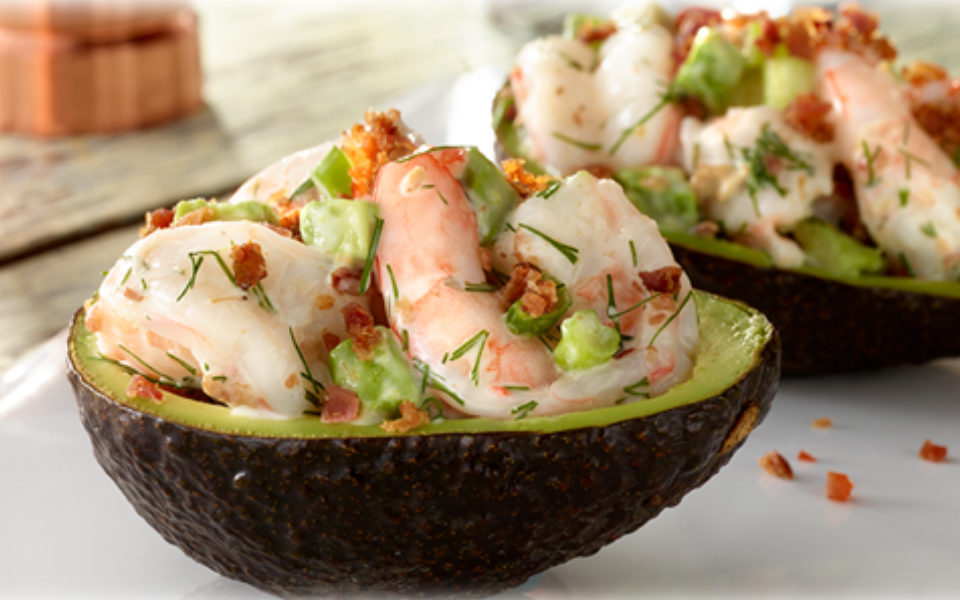
The recent Global Outlook for Aquaculture Leadership (GOAL) conference was a life-changing and inspiring event for me. I had the pleasure of sharing what Marinasol has accomplished in intensive shrimp farming and I feel proud of what we have done in such a short period.
I also had the opportunity of drawing from my background in the avocado industry and on how its marketing model could set an example for future unified shrimp marketing initiatives. At the end, I became known as the “avocado guy” to many of the attendees who I thank for their appreciation, feedback and sharing their time with me.
The year 2018 has definitely brought difficult news for the global shrimp market. We have seen prices decrease to nearly five-year lows as production ramps up in India and Southeast Asia. Today the shrimp industry’s growth expectations are bullish, with 5.7 percent year-on-year growth through 2020, as projected by University of Florida Prof. Jim Anderson during his presentation of global shrimp-production survey data.
Shrimp producers have been preparing for difficult times by developing operations that are more efficient and by doing more with less. In recent years, we have seen new automatic feeding techniques, farm intensification, biosecurity enhancement, and genetic improvement reach the frontier of industry innovations. This has definitely helped to offset costs and improve production.
However, these actions, although very solid and important, only attend one part of the market equation: supply. The industry is growing its supply annually, and that is positive and healthy, but what are we doing to assure that this growth is met by a growing demand?
It is here where the link between shrimps and avocados starts. Some years ago, the avocado industry in the United States was asking itself this very same question.
U.S. avocado volume has grown from 691,000 metric tons (MT) in 2012 to nearly 1 million MT in 2017 (Source: Hass Avocado Board). This 45 percent increase in a five-year timeframe has been met with firm prices and even price increases along the way.
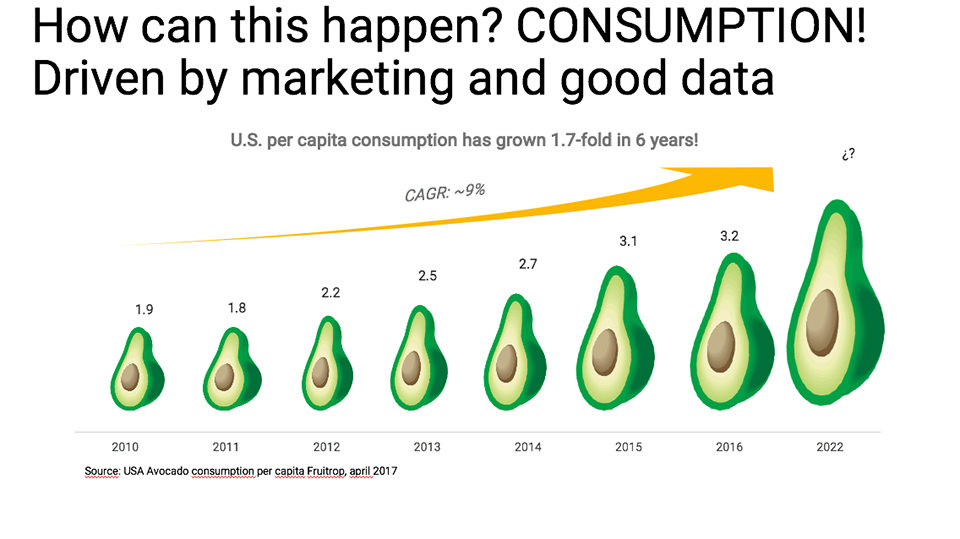
How can an industry grow in this way in such a short time period and find strong prices? Consumption has followed supply growth. New consumers have been established and “heavy users” are eating more avocados than ever. Today the avocado craze is such that you can find all-avocado restaurants in New York, a National Guacamole Day has been created (Sept. 16) and Millennials will leave restaurants if they don’t find their favorite “avocado toast” on the menu. It would not be crazy to think that, soon, more avocado-toasts are going to be consumed than bagels in the United States.
How did the avocado industry get to this point? There was definitely hard work and commitment through the Hass Avocado Board and its country-of-origin commissions to focus on two main pillars: 1. data collection and 2. a unified approach to marketing and research.
Through data collection and shipment status, the market has a better vision of volumes and can analyze data easily. Through research, Hass avocados have been able to declare themselves as a nutritious fruit, which is heart healthy according to the American Heart Association.
Research has also been conducted into buying behavior, education and retail trends, helping to shape marketing initiatives in an efficient manner. A unified approach to marketing has been vital in order to send to the market a coherent message about the category. Social media, advertising and below–the-line tactics have really gained traction among consumers.
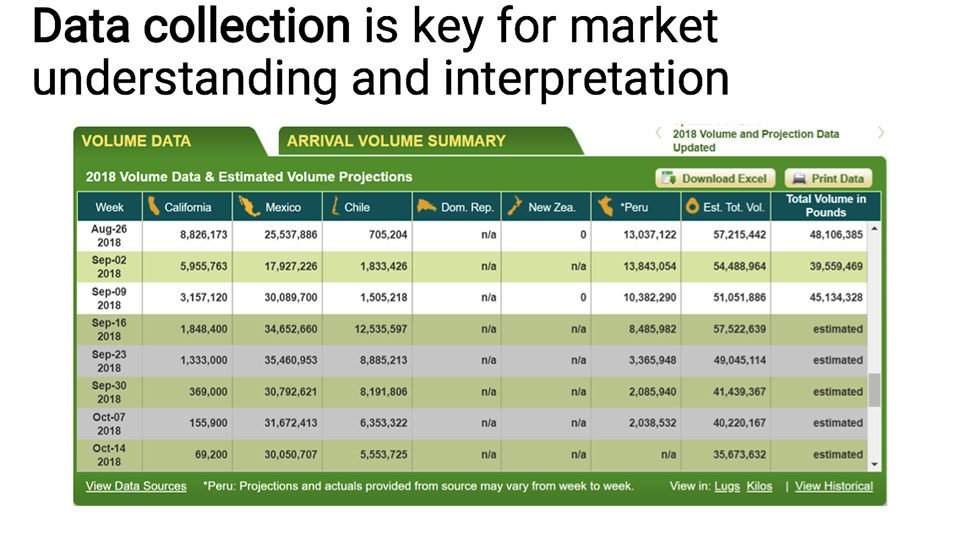
The Hass Avocado Board has a mandatory assessment per pound that is produced in or imported to the United States and is regulated by the U.S. Department of Agriculture. A mandatory program is a big deal, and you can find voices that are for and against it. Not only has the avocado industry flourished through these types of programs, but so have other successful examples like U.S. dairy farmers’ “Got Milk?” campaign, the cattlemen’s “Beef, It’s What’s for Dinner” campaign and many others.
Whatever path the shrimp industry chooses, there definitely is a shrimp story to tell. Normally, organizations bring products to the market and then try to draw a compelling story around their products. However, today we have to think differently. Today we have to bring a compelling story to the market and have a high-quality product to back it up. People buy stories. People want stories. They want to be part of something different with high impact for the world.
The companies and countries that focus on producing high quality, sustainable shrimp have a great story to tell. They just need to find a way to come together and shout it out!
Now that you've reached the end of the article ...
… please consider supporting GSA’s mission to advance responsible seafood practices through education, advocacy and third-party assurances. The Advocate aims to document the evolution of responsible seafood practices and share the expansive knowledge of our vast network of contributors.
By becoming a Global Seafood Alliance member, you’re ensuring that all of the pre-competitive work we do through member benefits, resources and events can continue. Individual membership costs just $50 a year.
Not a GSA member? Join us.
Author
-

Allan Henry Cooper Perales
Allan Henry Cooper Perales (Allan Cooper) is acting managing director of Marinasol, the aquaculture division of Camposol Foods Group, Peru’s No. 1 shrimp producer. For the past seven years, he has led business units in both the aquaculture and agro-industrial sectors. Before being appointed to Marinasol, he was business development director for Camposol in the U.S. and business unit director for avocados in Peru. Camposol is one of the world's leading avocado producers.
Related Posts
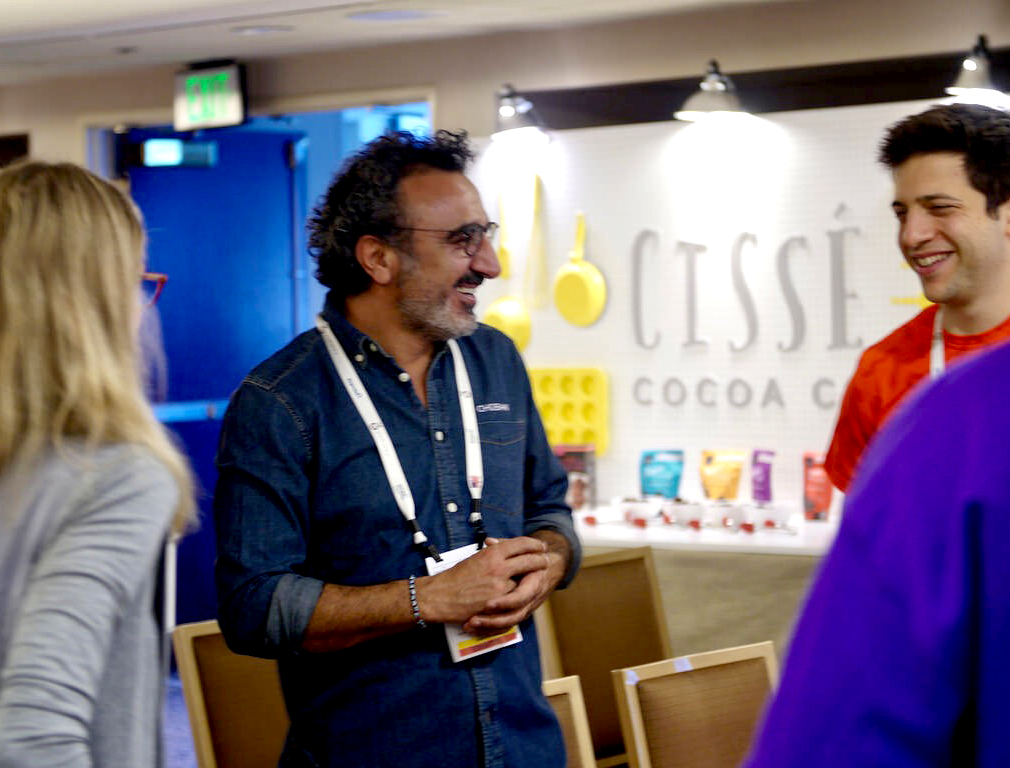
Intelligence
What do yogurt and frozen seafood have in common? Quite a bit
The Chobani Food Incubator is mentoring seven food companies that it sees as market disruptors. One of them, frozen seafood meal manufacturer LoveTheWild – whose CEO will speak at this week’s GOAL conference – has gone all-in for aquaculture.
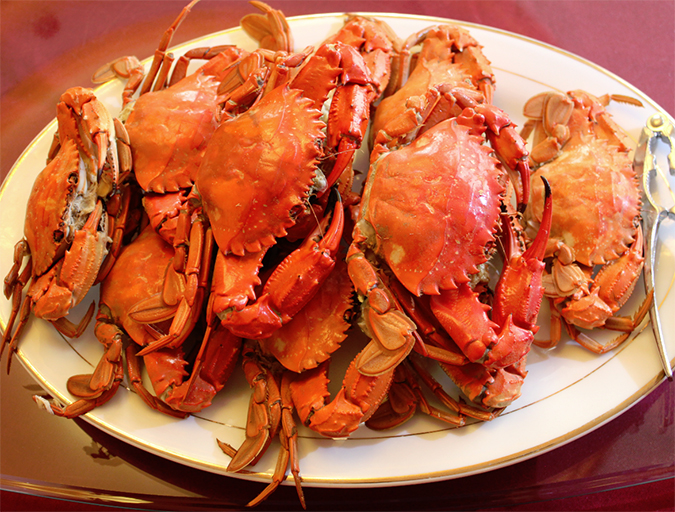
Intelligence
Doctors: Place a greater value on seafood consumption
Many important organizations around the world fail to acknowledge the importance of seafood to human health and well-being. There is a disconnect between what we know regarding the benefits of seafood and what is being done to acknowledge these benefits and increase seafood consumption in nutrition.
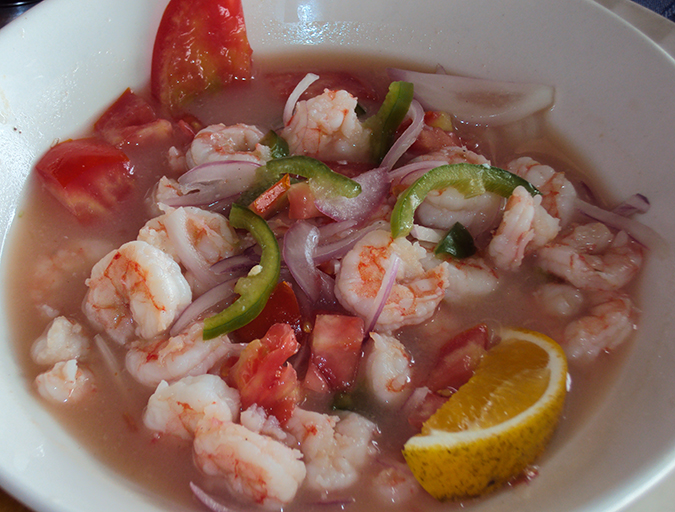
Intelligence
Facts about shrimp and cholesterol
Many people, including health-conscious consumers, are concerned about the cholesterol content of foods such as meat, eggs and dairy products. In the case of shrimp, the cholesterol story is different because a number of research studies have demonstrated that the high percentage of “good fats” in shrimp reduce the impact of cholesterol, and that a majority of people can eat shrimp as part of a balanced diet.
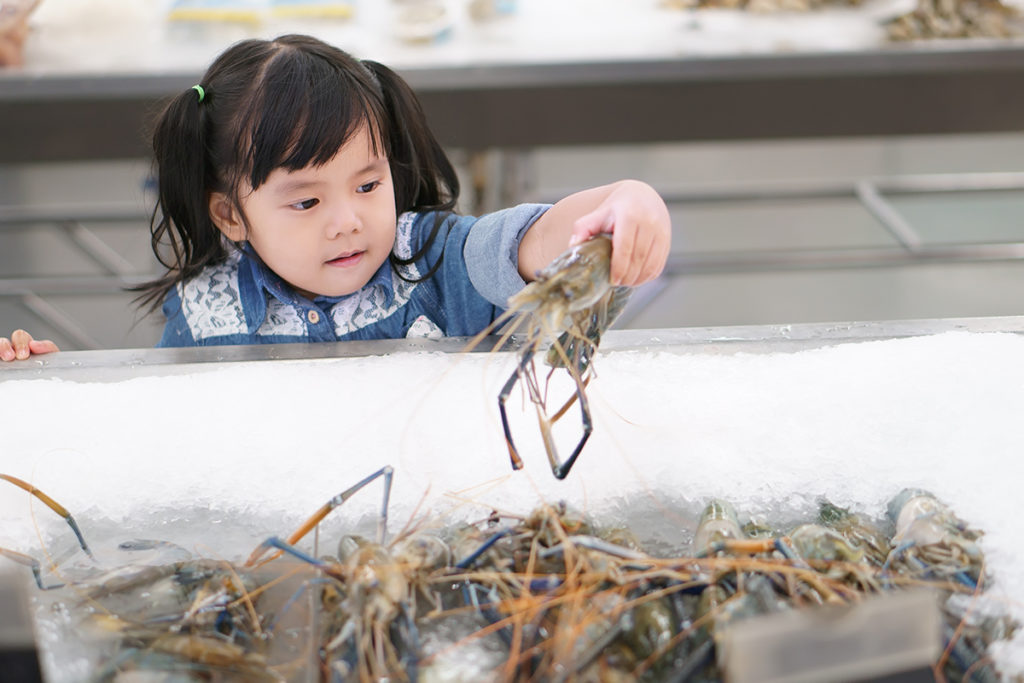
Intelligence
How we can help children reach for seafood
Seafood has many health benefits for the young and the not-so young alike. Educating the next generation of consumers – as children – and their parents about healthier lifestyle decisions must be a priority for everyone in the seafood business.


